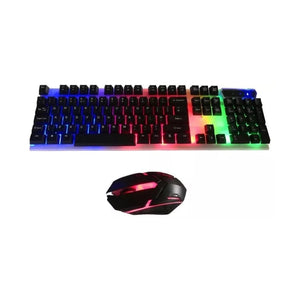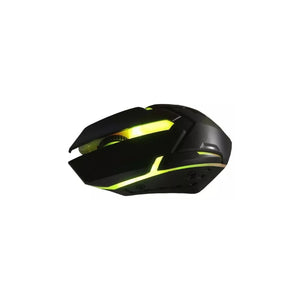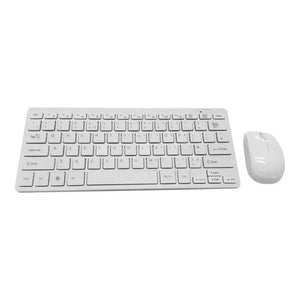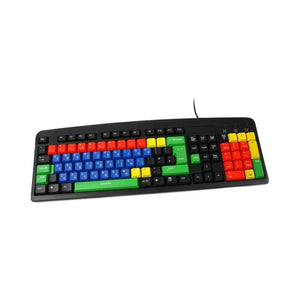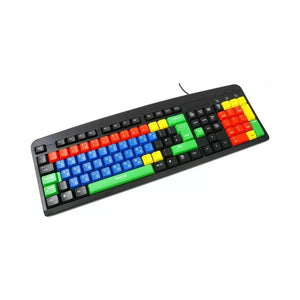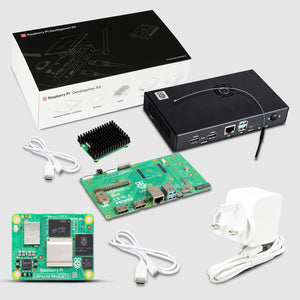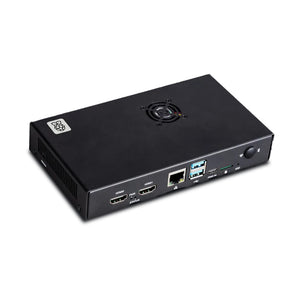RFID is one of the technologies that have taken a lot of attention from the technical world. There are products that work on RFID technology like attendance systems, ID Badging, toll systems, etc that created advanced technology for the people. Raspberry Pi Pico has become the technology that is exponentially gaining momentum among the tech-enthusiasts, students, and hobbyists. SB Components developed the Raspberry Pi Pico RFID Expansion with Powerful features like UART/I2C Communication Interface, Supports 125kHz Key Fob/ Tags, Programmable buzzer, I2C/ UART/Buzzer selection Jumper, Onboard Programmable 0.91” OLED Display, etc. In this blog, we’ll learn more about the Raspberry Pi Pico RFID Expansion so that people can make an informed decision.
Introduction
People from the technological world are trying different permutations and combinations with the utilization of Raspberry Pi Pico with a variety of sensors and other peripherals. SB Components developed one more peripheral for the people from the Raspberry Pi community. Raspberry Pi Pico RFID Expansion is a new technology among a long range of advanced and high-tech products of SB Components. It helps the users to identify almost any object using data transmitted through the radio waves. RFID technology has become common in our daily life that is making our life better. Raspberry Pi Pico RFID Expansion is developed to analyse the product and identify it and then collect the data about that product. The tags/keyfob RFID comprises an integrated circuit and antenna which has the work to send the signals to the RFID reader to read the data. It makes the enhancement in technology and provides ways for creators to build powerful technology that will take our world to a better future.
Components
SB Components has the main focus to provide an immaculate product with high efficiency to the users. It would be beneficial for the customers as they would be able to increase their horizon of creativity with the powerful product. The research and development team of SB Components built Raspberry Pi Pico RFID Expansion with an advanced RFID Reader at the frequency of 125KHz with a compact design that has a programmable 0.91” OLED Display and, an updated UART/I2C interface running, that is compatible with Raspberry Pi Pico. Raspberry Pi Pico RFID Expansion comprises an advanced RFID reader that reads the information in the RFID keyfob or cards that can be used as an identity checker system. There are control jumpers that allow the user to control the OLED, RFID reader, and buzzer pins, other than the default pins.
Specifications
- Operating Voltage - 5V
- RFID Tag Frequency - 125 kHz
- Communication Interface - UART/I2C
- Default Baud rate - 9600 bps
Features
- UART/I2C Communication Interface
- Supports 125kHz Key Fob/ Tags/cards
- Programmable buzzer
- I2C/ UART/Buzzer selection Jumper
- Onboard Programmable 0.91” OLED Display
- Come with development resources and manual
- Compatible with Raspberry Pi Pico
Application
- ID badging
- Control on the access
- Charging stations
- Toll Plaza
- Train/Bus Ticket system
- Tracking of Goods
- Prevention of Fake products
Installation Process
- Connect Raspberry Pi Pico on female header of Pico RFID Expansion.
- Connect USB cable on Raspberry Pi Pico USB port.
- Make sure default jumpers are connected for RFID/Buzzer/Oled (Yellow one).
- Clone/Download Pico RFID Expansion repository.
- Now open example code "Board_test.py" in thonny ide.
- Choose interpreter as 'MicroPython (Raspberry Pi Pico)'.
- Click on green play button to run example on Pico RFID Expansion.
- Now tap you RFID card/Tag/keyfob on RFID reader to print tag output on Oled Display with beep sound from buzzer.
Note: You can use any other GPIO of Raspberry Pi Pico by removing default jumper and connection it to GPIO using jumper cables.


